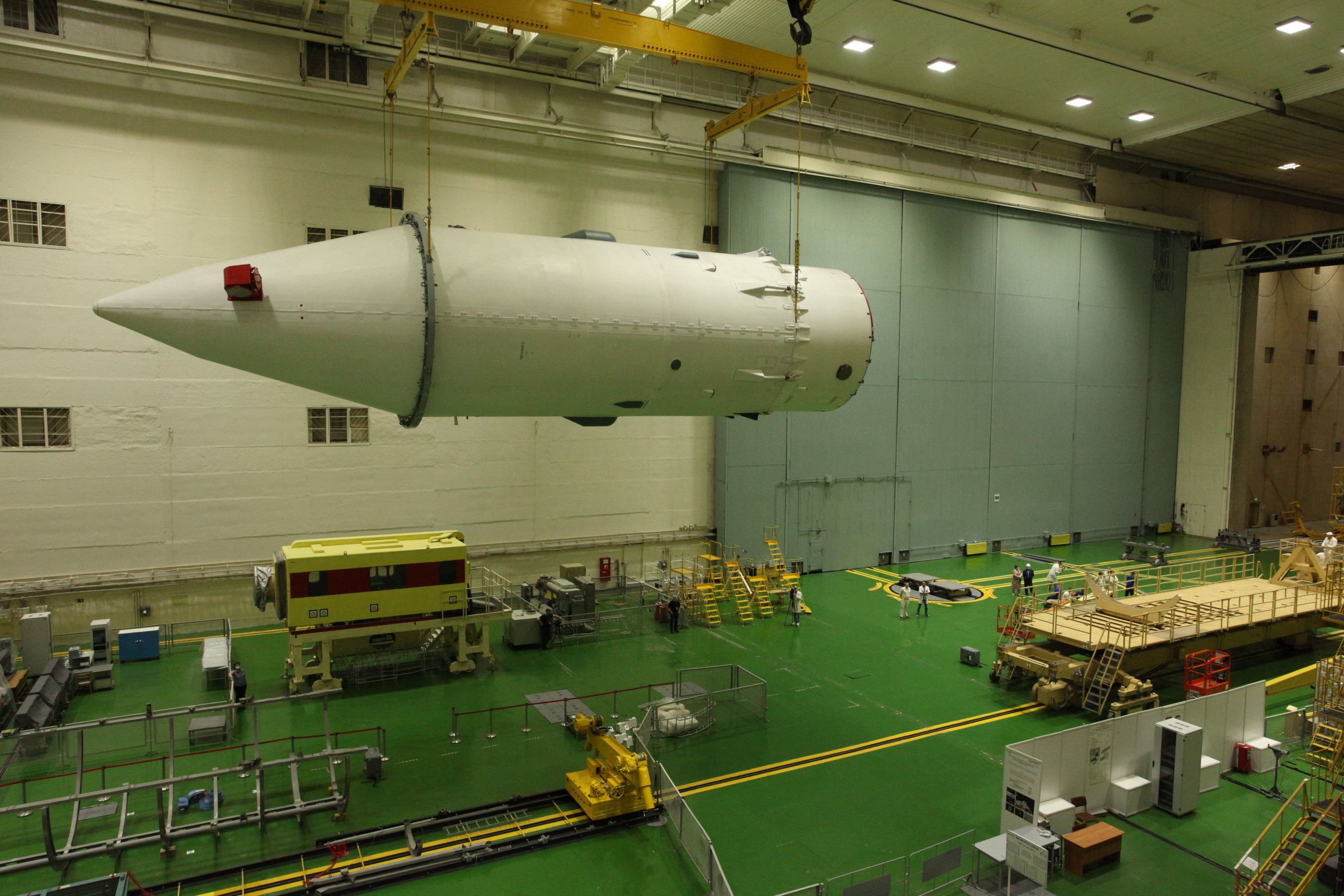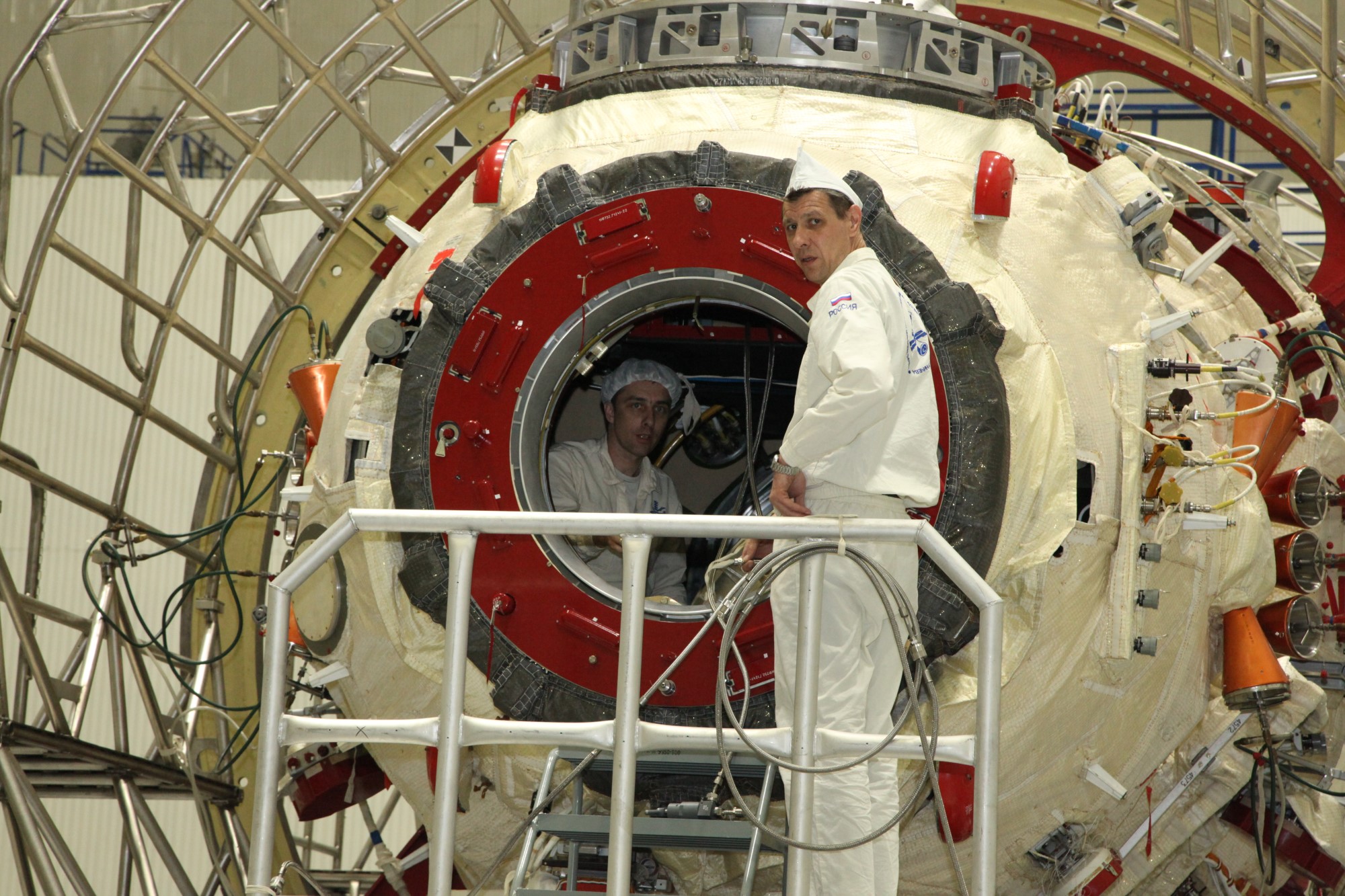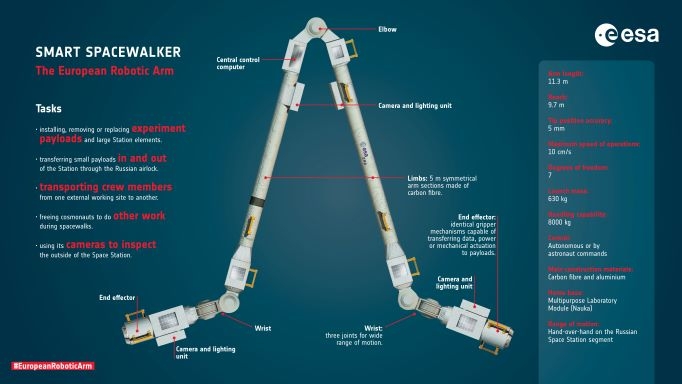
Russia's new Nauka module readied for launch to International Space Station

Russia's Nauka laboratory module is now slated to launch to the International Space Station (ISS) on July 21.
In a statement, the Russian space agency Roscosmos said the new module for the International Space Station will launch from Site 200 of the Baikonur Cosmodrome in Kazakhstan, atop a Proton-M carrier rocket. Backup launch dates are available on July 22 and July 23.
The module's flight to the ISS will take eight days, after which it will dock at the nadir port of Russia's Zvezda service module. Docking is currently scheduled for 9:25 a.m. EDT (1325 GMT) on July 29.
Undocking of the Russian Progress MS-16 cargo vehicle (also called Progress 77) with the Pirs docking module is scheduled for July 23 (subject to the Nauka launch on July 21). Cosmonauts at the space station have been working to decommission the decade-old Pirs module in a recent series of spacewalks to remove it from the station and clear a parking space for Nauka.
Related: The International Space Station inside and out (infographic)

Prelaunch prep stage
At the Baikonur Cosmodrome, Roscosmos states, routine preparations of the Nauka module are underway for the upcoming launch. Currently, the ascent unit is at the fueling and neutralization station, the most important operation of the final prelaunch preparations.
Nauka, formally known as the Russian Multipurpose Laboratory Module, is a new research module for the Russian segment of the ISS, developed by the Russian aerospace manufacturer RSC Energia together with Khrunichev State Research and Production Space Center (part of Roscosmos), both in Moscow. This module is designed to expand the functionality of the Russian segment of the International Space Station.
Get the Space.com Newsletter
Breaking space news, the latest updates on rocket launches, skywatching events and more!

Added safety of ISS crew
"The Nauka module was created on the constructive and technological basis of the Zarya Functional Cargo Block employing the experience of designing a transport supply vehicle for the Salyut crewed scientific stations and modules for retrofitting the Mir orbital complex," Roscosmos said in the statement.
"After the commissioning of the new module, the Russian segment will receive additional volumes for the workplaces and storage of cargo, places for water and oxygen regeneration equipment, improve the conditions of cosmonauts' stay, as well as increase the safety of the entire ISS crew," the statement adds.
Cherry-picker crane
The European Robotic Arm (ERA) will launch to the ISS together with Nauka. ERA will work with the new Russian airlock to transfer small payloads directly from inside to outside the ISS. This will reduce the setup time for astronauts on a spacewalk and allow ERA to work alongside astronauts.
Another task for ERA is to transport astronauts like a cherry-picker crane to a position where they can work on the exterior of the ISS, or from one external location to another. This again saves time and effort during spacewalks.

ERA is 100% made in Europe. A consortium of European companies led by Airbus Defense and Space in The Netherlands designed and assembled it for the European Space Agency (ESA). The robotic arm is largely funded by the Dutch government.
Leonard David is author of the book "Moon Rush: The New Space Race," published by National Geographic in May 2019. A longtime writer for Space.com, David has been reporting on the space industry for more than five decades. Follow us on Twitter @Spacedotcom and on Facebook. This version of the story was published on Space.com.
Join our Space Forums to keep talking space on the latest missions, night sky and more! And if you have a news tip, correction or comment, let us know at: community@space.com.

Leonard David is an award-winning space journalist who has been reporting on space activities for more than 50 years. Currently writing as Space.com's Space Insider Columnist among his other projects, Leonard has authored numerous books on space exploration, Mars missions and more, with his latest being "Moon Rush: The New Space Race" published in 2019 by National Geographic. He also wrote "Mars: Our Future on the Red Planet" released in 2016 by National Geographic. Leonard has served as a correspondent for SpaceNews, Scientific American and Aerospace America for the AIAA. He has received many awards, including the first Ordway Award for Sustained Excellence in Spaceflight History in 2015 at the AAS Wernher von Braun Memorial Symposium. You can find out Leonard's latest project at his website and on Twitter.









